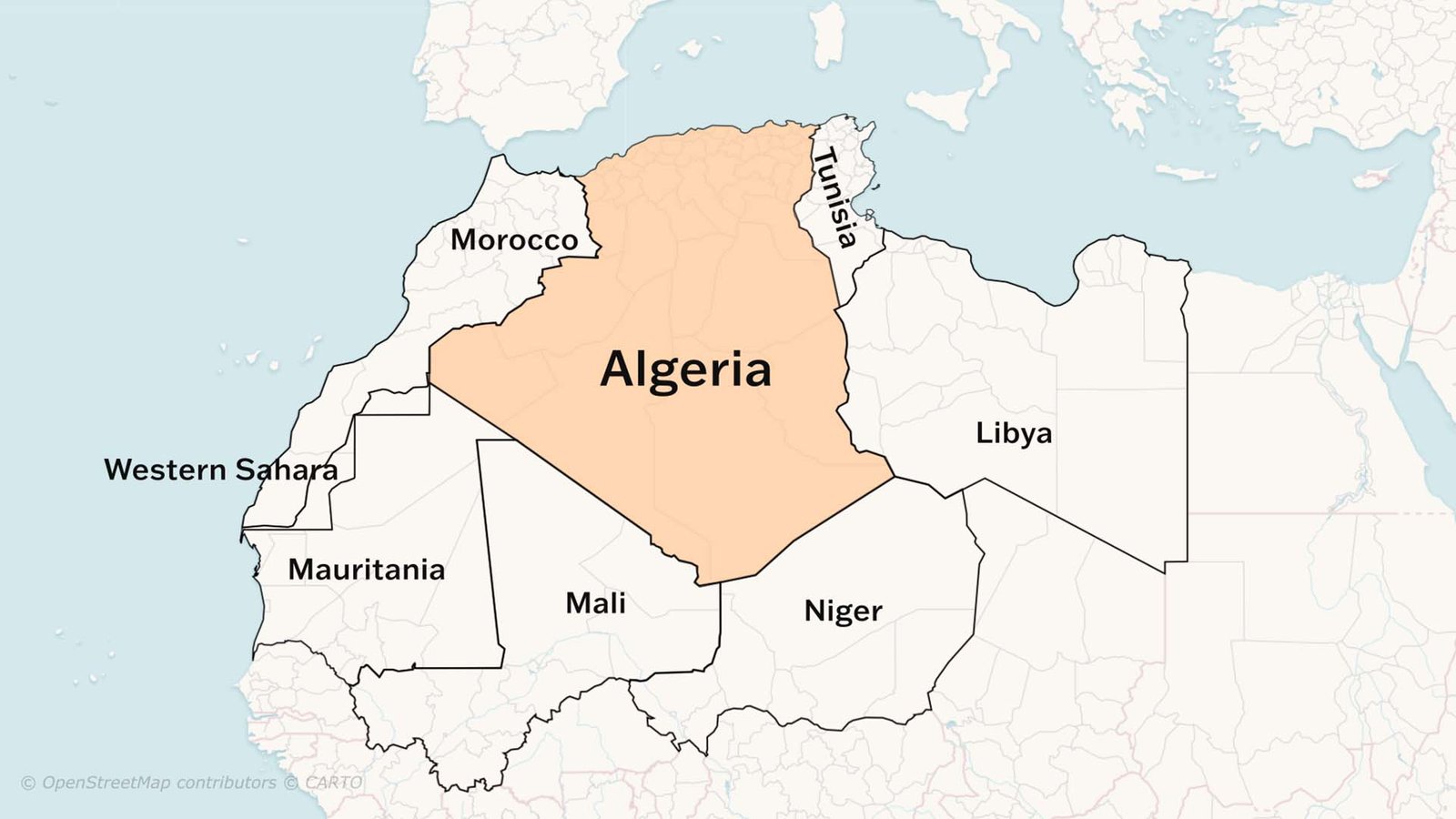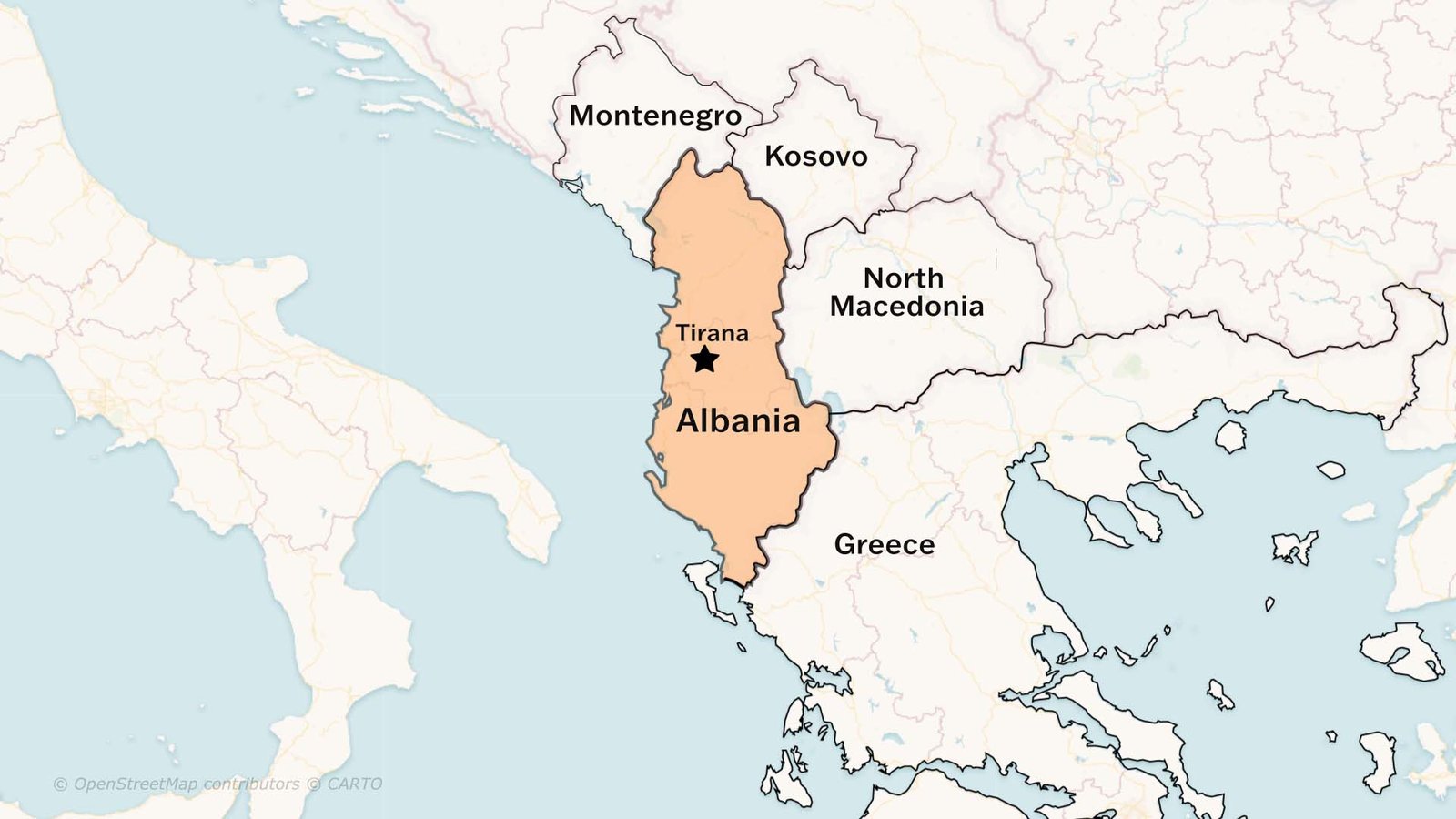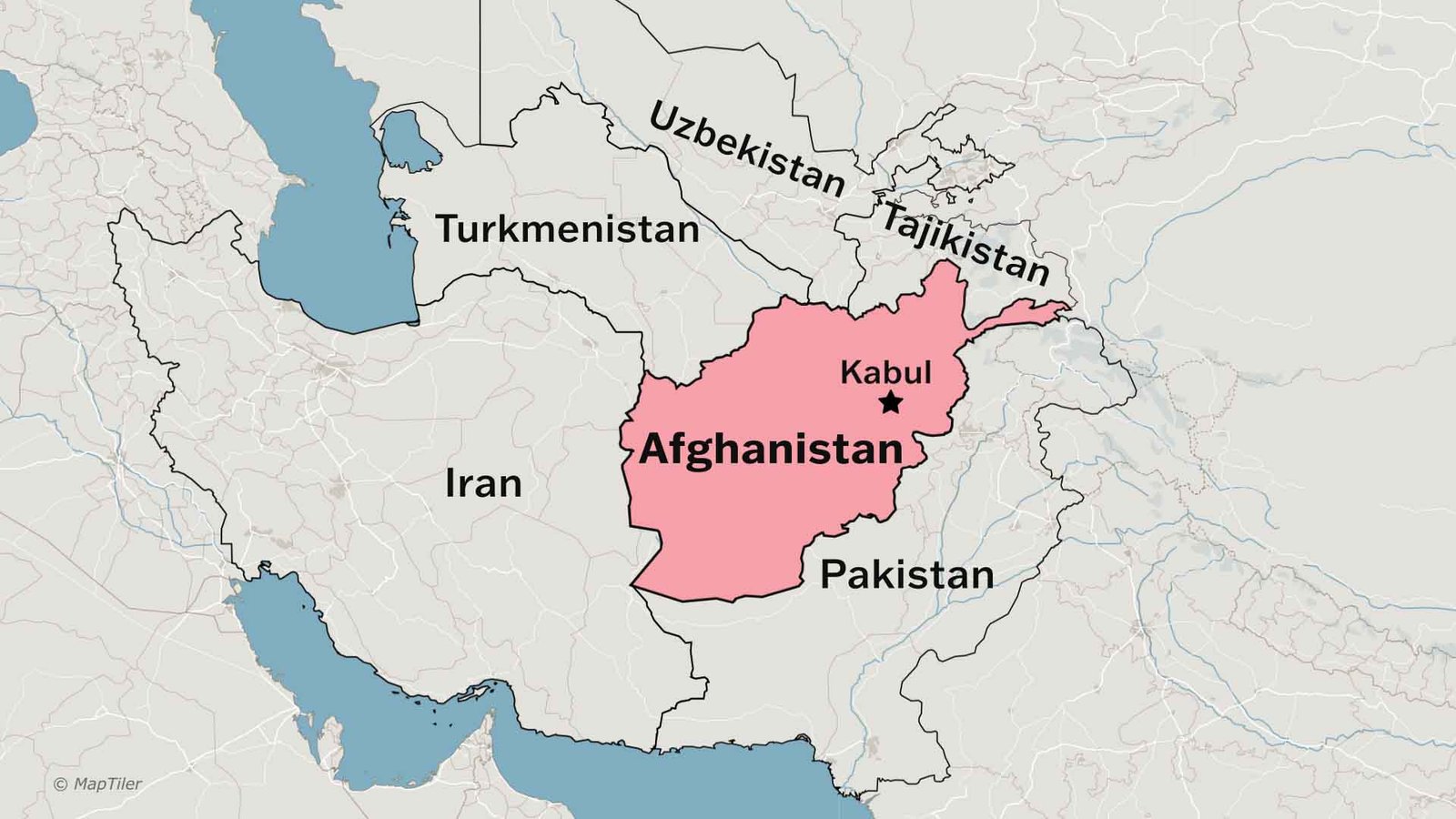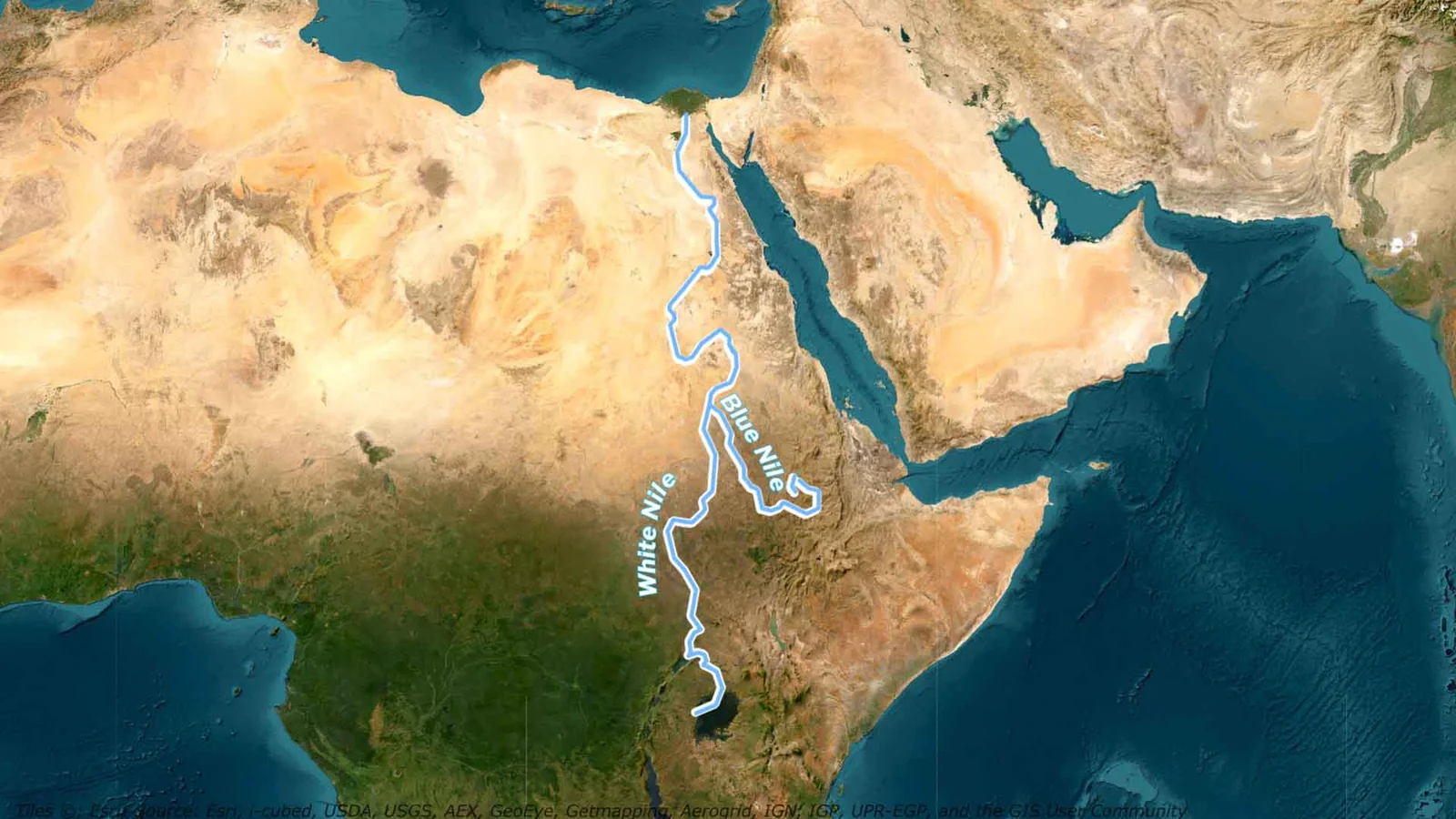The making of the Indian constitution is an important chapter in Indian polity to understand the philosophy of the constitution. The Indian Constitution is the longest written constitution in the world and the cornerstone of the world’s largest democracy. It defines the political principles, fundamental rights, and governing structures of India. Drafted by an assembly of visionary leaders between 1946 and 1950, this historic document laid the foundation for modern India after centuries of colonial rule.
This article is part of the Indian Polity Quick Revision Series. Perfect for fast-track revision before exams, this guide offers a timeline-based summary of the Making of the Constitution of India, including Acts, debates, and people involved.
Total Cost of Making the Constitution: ₹64 Lakhs
Probably the best ₹64 lakhs India ever spent. Let’s understand why.
British Thought Process vs Indian Determination
The British always believed that Indians were backwards, incapable of drafting a comprehensive rulebook for such a diverse nation. They doubted Indians could ever sit together, debate, and create a constitution.
But Indian leaders saw this as a challenge, and rose to it.
Chronology of the Constitution-Making Idea
- 1934 – Communist leader M.N. Roy first proposed the idea of a Constituent Assembly.
- 1935 – Indian National Congress formally raised the demand.
- 1938 – Jawaharlal Nehru declared that Indians would draft their own Constitution for a free India.
- British response: “Is this a joke?”
- Indian leaders: “Absolutely not.”
British Acceptance of the Idea
- 1940 – August Offer accepted the principle of Constitution-making by Indians (likely due to World War II pressure).
- 1942 – Cripps Mission proposed constitution-making post-WWII. But Muslim League demanded a separate assembly, which led to its rejection.
- 1946 – Cabinet Mission Plan offered a structure acceptable to both Congress and Muslim League.
Composition of the Constituent Assembly
Formed under the Cabinet Mission Plan, this was the body that would shape India’s future.
- Total Members: 389
- 296 from British India (indirectly elected)
- 93 from Princely States (nominated by rulers)
- Representation was based on population: 1 seat per 1 million people.
First Meeting: 9 December 1946
- Temporary President: Dr. Sachchidananda Sinha
- Later, Dr. Rajendra Prasad became permanent President.
- Vice Presidents: H.C. Mukherjee and V.T. Krishnamachari
This Assembly was like a team of superheroes—leaders from every part of India, united for one mission: To draft the Constitution of India.
Objective Resolution (Dec 13, 1946) – Proposed by Nehru
It laid the philosophical foundation of the Constitution:
- India will be an Independent Sovereign Republic
- A Union of States with a strong centre
- The government derives its power from the people
- Guarantees of justice, equality, freedom, and safeguards for minorities & backwards classes
- Protection of sovereignty on land, sea, and air
- India will contribute to global peace and progress
This resolution became the basis for the Preamble of the Constitution.
Post-Independence Changes
After the Indian Independence Act of 1947:
- The Constituent Assembly became a sovereign body
- It also started functioning as the Legislature of India (chaired by G.V. Mavlankar)
- Muslim League members withdrew; total strength reduced to 299
Key Functions of the Constituent Assembly
- Adopted National Flag – July 22, 1947
- Adopted National Anthem – Jan 24, 1950
- Adopted National Song – Jan 24, 1950
- Elected Dr. Rajendra Prasad as first President of India
Final Sessions & Constitution Enforcement
- Final session as Assembly: 24 January 1950
- Constitution came fully into force on January 26, 1950 (some provisions came into effect on 26 November 1949)
Why January 26?
To honour Purna Swaraj Day, observed on Jan 26, 1930, after the Lahore Session of INC.
Effect of Commencement:
- Indian Independence Act 1947 and Government of India Act 1935 were repealed
- Abolition of Privy Council Jurisdiction Act, 1949 continued
Key People Behind the Constitution
- Prem Bihari Narain Raizada – Calligrapher who handwrote the Constitution
- Nandalal Bose – Decorated the Constitution
- S.N. Mukherjee – Chief Draftsman
- B.N. Rau – Legal Advisor
- Dr. B.R. Ambedkar – Head of the Drafting Committee
Criticism of the Constituent Assembly
- It was not directly elected, hence not fully representative
- Muslim League boycott led to religious imbalance
- Congress-dominated, weak opposition voices
- Limited participation from common people
- Took nearly three years to complete
- Formed under a British law, some argued it was not sovereign
Strengths of the Assembly
- Despite challenges, it was an inclusive, visionary, and deliberative body
- Over 2000 amendments were debated and passed
- It successfully united a diverse country under a single democratic framework
- The Indian Constitution has stood the test of time, unlike many others that failed
Conclusion
The making of the Indian Constitution was not just a political act—it was a civilizational milestone. It brought together diverse perspectives, balanced modernity with tradition, and laid the democratic foundation of independent India.
The Constitution is not just a document. It is a living contract between the State and the People.
Watch now: Youtube lesson








